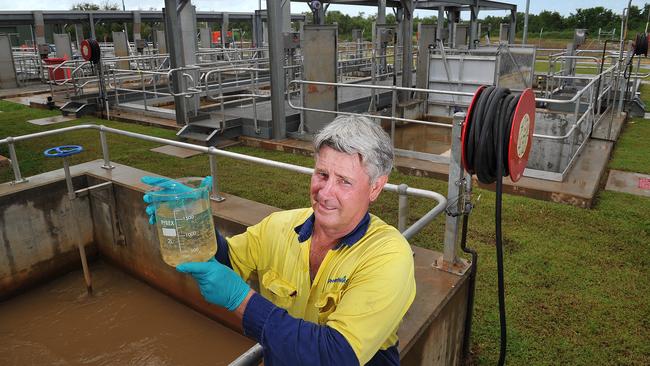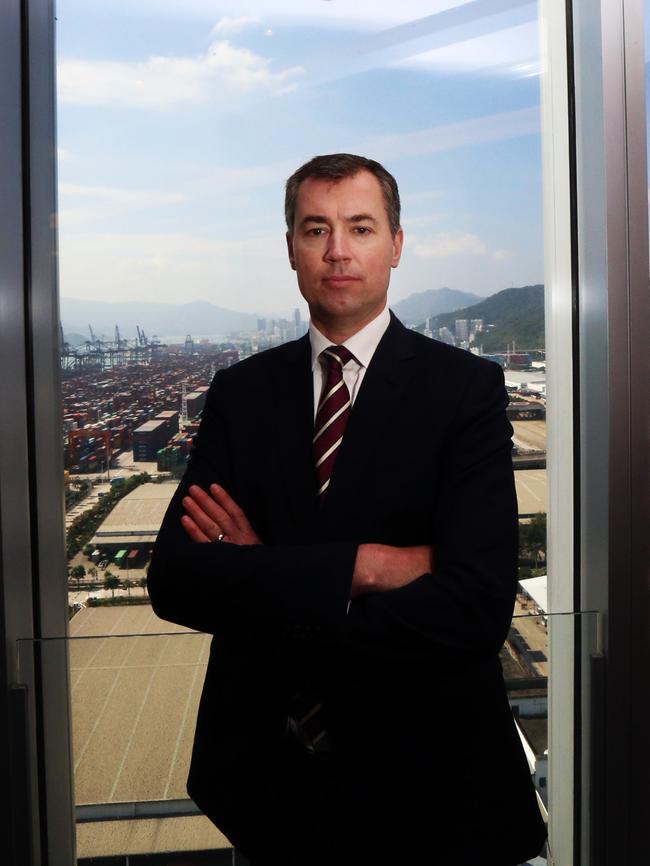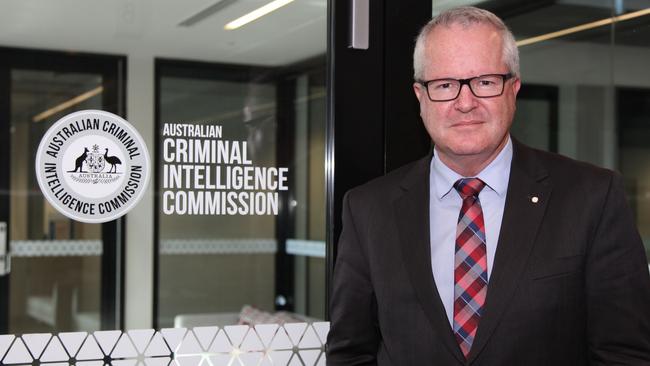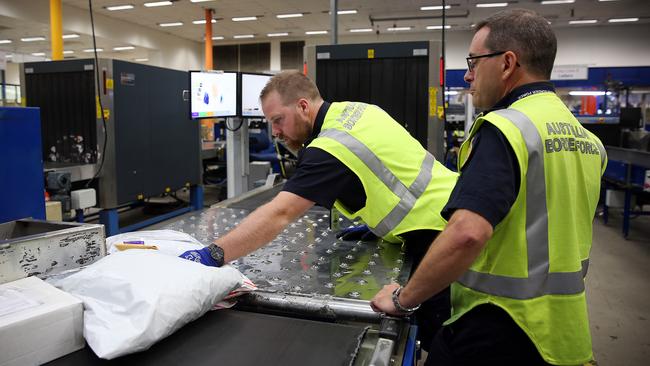Sewage tests flush out Queensland’s drug hot spots
QUEENSLAND, you have a drugs problem. Australia-first rolling tests have revealed everything from state’s hot spots and drugs of choice, to which suburbs are making criminal gangs rich.
QLD News
Don't miss out on the headlines from QLD News. Followed categories will be added to My News.
SEWAGE testing by the nation’s crime intelligence agency has revealed the shocking extent of regional Queensland’s rising ice and prescription drug epidemic, and the insatiable appetite for party drugs in city centres.
For the first time in Australia’s history, rolling scientific tests have been carried out on wastewater across the country, exposing drug hot spots, drugs of choice, and which Queensland suburbs are making criminal gangs rich.
ICE IN QUEENSLAND: Drug that has gripped the state

Federal Justice Minister Michael Keenan will today publicly release a redacted Australian Crime Intelligence Commission report that shows Queensland has a drug problem, with dependence on ice and prescription drugs among the worst in the country.
QUEENSLAND ICE DRUG TRADE: Central mining communities targeted
Tests show that for every 1000 people in regional Queensland, drug users are taking about 35 hits a day, compared to about 25 a day in the city. Scientists from the University of Queensland tested sewage for specific chemicals.
Regional Queenslanders appear to be addicted to oxycodone or “hillbilly heroin”, with the use of the painkiller second only to regional Victoria.
More tests were done on wastewater sites in Queensland than any other state. Nine were in regional centres and three in cities.

The “sanitised” report does not identify drug epicentres. Police and hospitals will receive the complete report. However, it is likely that tests in Queensland were carried out in Brisbane, the Gold Coast, the Sunshine Coast, Townsville, Cairns, Toowoomba, Rockhampton, Mackay, Bundaberg, Hervey Bay and Gladstone.
Across the country, more than 50 sites were tested. The way sewerage systems are set up allows officials to identify the suburbs that the sewage comes from.
The report found several regional sites in Queensland had levels of ice consumption higher than the national average. Previous police reports have revealed Bundaberg, Cairns and Central Queensland are struggling to cope with the ice scourge.
Law officers also believe painkillers are being stolen from patients, or patients themselves are selling the drugs to make money in Queensland.
Mr Keenan said of the 12 drugs tested, Queensland’s biggest illicit drug problems were ice and prescription drugs.

“The report ... revealed a high use of prescription medicines fentanyl and oxycodone (morphine-based painkiller) across all jurisdictions, particularly in regional Queensland, suggesting a potential diversion into the illicit market,’’ he said.
ACIC chief executive officer Chris Dawson said the data painted a disturbing picture. Queensland has been testing its sewage for drugs for years.
“Wastewater analysis in Queensland for at least five years has shown a consistent pattern of increasing (ice) consumption,’’ Mr Dawson said.
Cocaine and ecstasy are the drugs of choice for partygoers in Queensland cities and their use is above the national average, but they don’t test highly in the regions.
*******************************************************************************
YOUNG FALL FOR QUICK CASH FIX

STUDENTS as young as 17 are being used as drug couriers by providing their home mailing addresses to organised crime syndicates in China for as little as $500.
The scheme is contributing to one of the biggest national mass mail-outs of cocaine, meth and other drugs ever seen by authorities.
The rise could indicate the resurgence in suburban backyard clandestine drug labs, with a significant number of the illicit mailings coming in as chemical precursors rather than a finished product.
Australian Border Force officers have been sent to Hong Kong to liaise with counterparts over the trend of recruiting students, mostly at university, as drug collectors.
The Sunday Mail can reveal the ABF identified the trend at their Clyde facility in Sydney’s west, where 75 per cent of all surface mail entering Australia is first processed.

The facility receives up to 120 million mail items annually, of which 42 million are screened by X-ray machines or sniffer dogs. Of those, officers detect 185 to 200 contraband parcels a day.
It was from here that ABF intelligence uncovered a pattern of origins in China and elsewhere, including London, to flag the national issue of students providing their addresses to organised crime groups.
Once a student has agreed to receive a parcel for third parties, drugs are sent across the country to those addresses from China before Australian-based criminals arrange a time with the students to collect the unopened parcels.
The practice of recruiting students was detected four years ago, but a series of arrests and other measures has seen it dissipate.
ABF International Mail and Cargo Clearance superintendent Phillip Anderson said the rise in criminal mail was staggering, as was the increase in the contraband size.
“So, where before we maybe were getting half a kilo to 1kg, detections are now 5kg to 10kg, which is, in a mail environment, extraordinary,” Supt Anderson said.
Originally published as Sewage tests flush out Queensland’s drug hot spots


